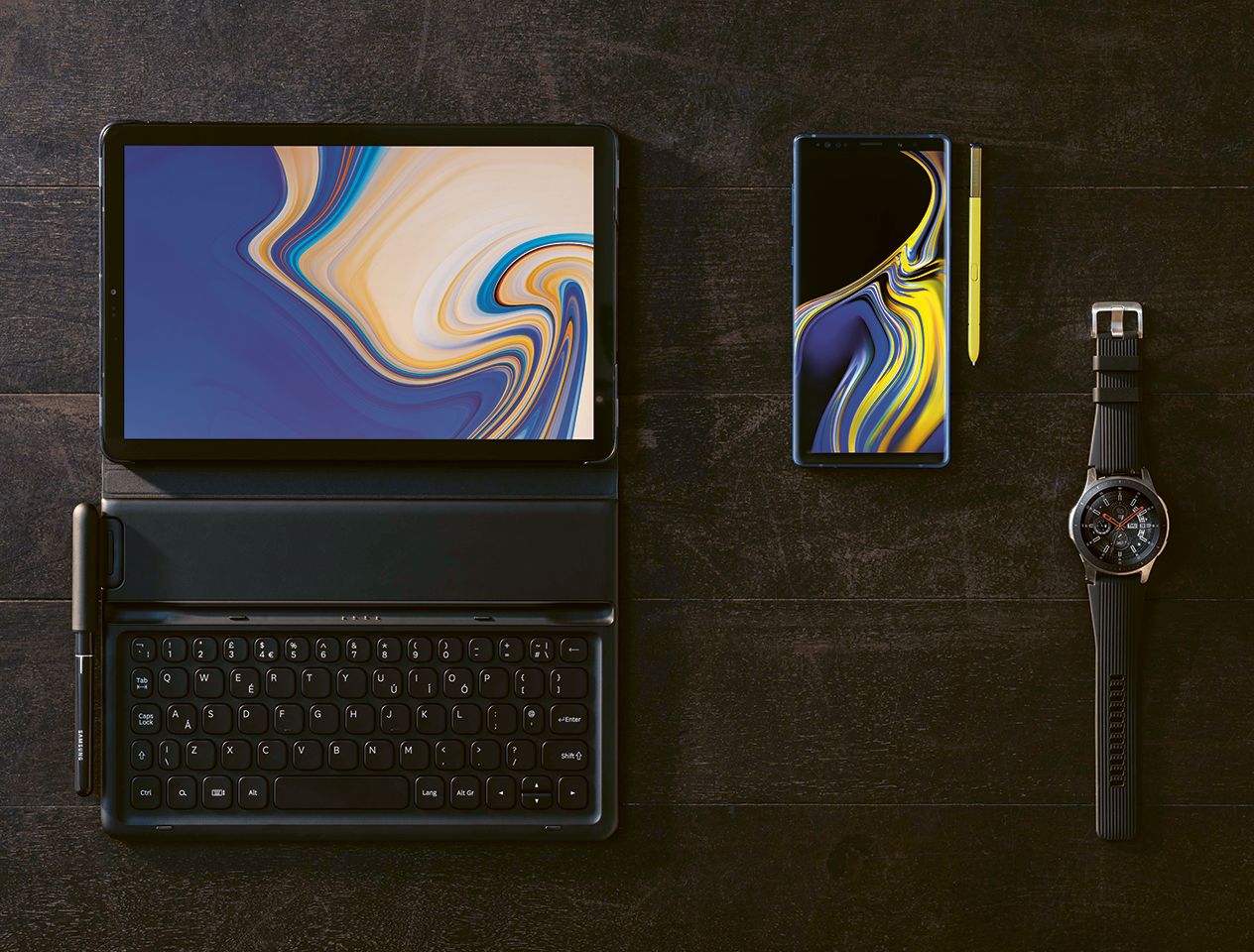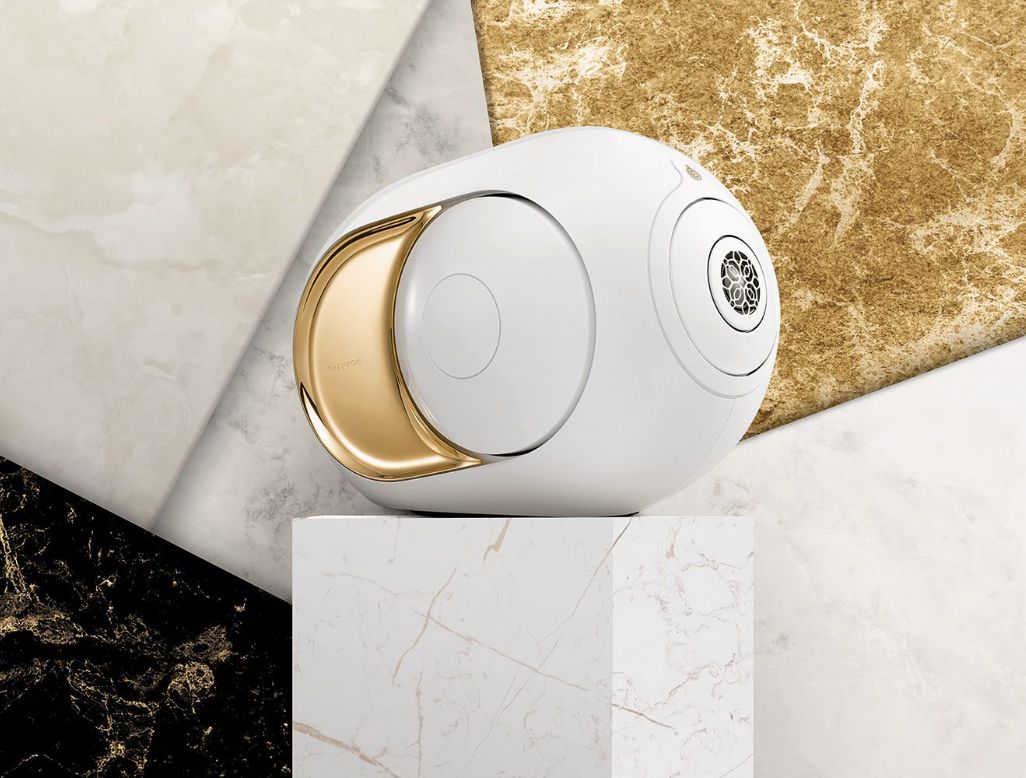Why you should care about limiting your screen time
Want to relax more? Wish you could focus more easily? Or maybe you crave a good night’s sleep. It could be time to take a break from your screen…
Recent research published by Ofcom makes for sobering reading: we now spend around two and a half hours a day online on our smartphones, and on average we check them every 12 minutes. Around 40% of adults look at their phone within five minutes of waking up in the morning, and within five minutes of turning out the lights at night.
The blue light ommited from these screens has been proven to interrupt our sleep hormones and although blue light in itself isn’t necessarily a bad thing – it occurs naturally in sunlight – it has been suggested that exposure to the blue wavelengths (those that are at the high end of the light spectrum, just before UV) at bed time are making us more tired and may be damaging our eyes. There’s even an emerging market for blue light blocking glasses, and make-up and skincare brands are developing new technology to protect our skin from the effects of regular screen time. Of course, these will do nothing for the social – or should we say anti-social – impact. So is it time for a digital detox? And, if so, how?
The digital 5:2
Digital detox movement Time To Log Off recommends the 5:2 approach: five days a week using technology and two days off – ideally at the weekend when most of us have less work and more family commitments. Simple solutions to staying away from your phone could be digging out your digital camera for taking photos, or just getting out for a walk.
Learn good habits
Start with small, everyday changes that can ultimately become long-term habits. Begin with some simple ground rules: no devices at the dinner table, for example, or in the bedroom. When you go out for a few hours, try leaving your phone at home – after the initial panic, you may just find it liberating. And aim to reduce your daily screen time, restricting yourself to checking emails and social media at allotted times in the morning and evening, say, or setting a maximum time allowance.
The latest Apple and Google operating systems have helpful built-in features, called ScreenTime and Digital Wellbeing respectively, that keep track of your usage on various apps and enable you to set time limits. Once you’ve reached the limit, the app dims until the following day (unless you go through the hassle of going into your settings to change it). With Screen Time, you can also schedule daily Downtime, when only notifications of phone calls and particular pre-selected apps will come through, and set a Bedtime Mode, which dims the screen and blocks all alerts until morning.
Google’s Digital Wellbeing takes it a step further, with a Wind Down feature that not only silences calls and notifications, but gradually turns your home screen grey to give your eyes a rest and encourage you to unplug.
Another simple trick is to get into the habit of putting your devices down a minimum of 30 minutes before you go to sleep – or, better still, leave your screens outside the bedroom and invest in an alarm clock instead. There are even alarm clocks like the Lumie that will gently wake you up with a light that mimics sunrise.




